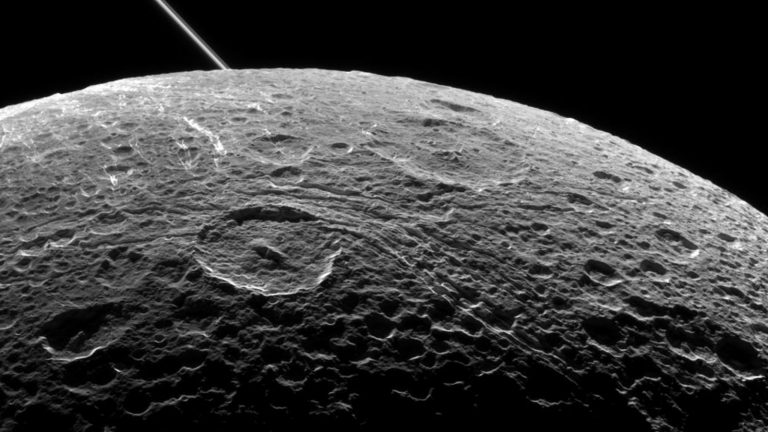
Alexandra Munos
On Feb. 12, President Trump’s administration released its 2019 federal budget, which includes a request for an additional $500 million towards the government’s space agency, NASA. With a 2.6 percent increase from 2018’s budget, total funding to the agency would be raised to $19.6 billion.
By increasing the agency’s budget, President Trump’s administration seeks to establish America as the leading nation in deep space exploration and facilitate human settlements outside Earth, while also strengthening the partnerships between NASA and private organizations. According to Vice President Mike Pence, “it is our duty — and our destiny — to settle that frontier with American leadership, courage, and values.”
The next step in America’s journey to “Earth Independency” is transferring the developing space based economy to NASA’s commercial partners. The government has expressed its intent to completely defund the International Space Station (ISS) by 2025.
Leading up to its termination of federal funding, the continuation of research and technology in Low-Earth Orbit (LEO) will increasingly rely on the private sector. Advances in spaceflight will soon be determined by what The Economist calls a “superpower rivalry” between businesses competing to spearhead the next opportunity for extraterrestrial exploration.
The United States is already involved in projects that set the basis for a privately run space program, with initial partnerships such as the Commercial Orbital Transportation Services. This program has “[supported] private sector firms’ development of essential space infrastructure and transportation” by building partnerships with SpaceX and Orbital ATK to establish a line of cargo transportation from Earth to the ISS. By further investigating and utilizing LEO for commercial practices, NASA hopes to shift its resources to funding other projects.
Specifically, NASA hopes to establish a permanent human presence on the Moon with the federal government’s support. Last December, President Trump signed “Space Policy Directive 1” which declared that The United States would plan its return to the Moon for the first time since 1973.
That goal will be set in motion with next year’s budget increase as well as the construction of a “staging point for destinations in deep space” on the moon, as NASA described in its 2019 budget request. Urgency to complete this proposal is propelled by the Moon’s “critical importance to the geopolitical position of the United States of America,” according to Jim Bridenstine, Representative of Oklahoma’s First Congressional District and nominee to become the next administrator of NASA.
After establishing a base for transit and cargo transfers on the moon, NASA intends to move towards their ultimate goal of sending human astronauts to orbit Planet Mars by the early 2030s. In a series of space missions, the agency expects to prove the planet’s readiness for life during the 2020’s with the help of the Mars 2020 rover, crewed missions, and spacewalks in cislunar space. The agency will also conduct robotic round-trips with sample returns. This will allow NASA to simulate entry and descent into Mars and experiment with sustaining life while using the land’s resources.










